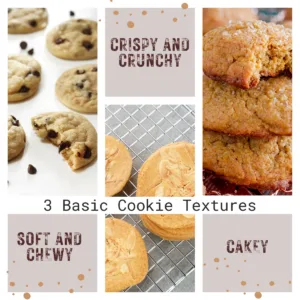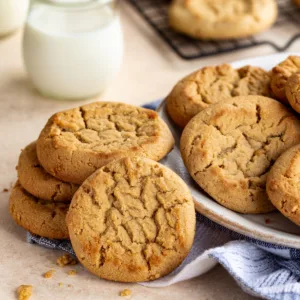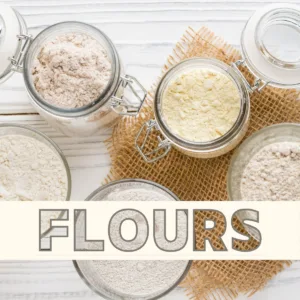Rugelach is a delightful treat that has been enjoyed for generations. With its flaky dough and sweet filling, it is often debated whether rugelach should be classified as a cookie or a pastry. So, if you ever wondered What is Rugelach, then let’s delve into the characteristics of rugelach and explore its origins to determine where it falls in the realm of baked goods.
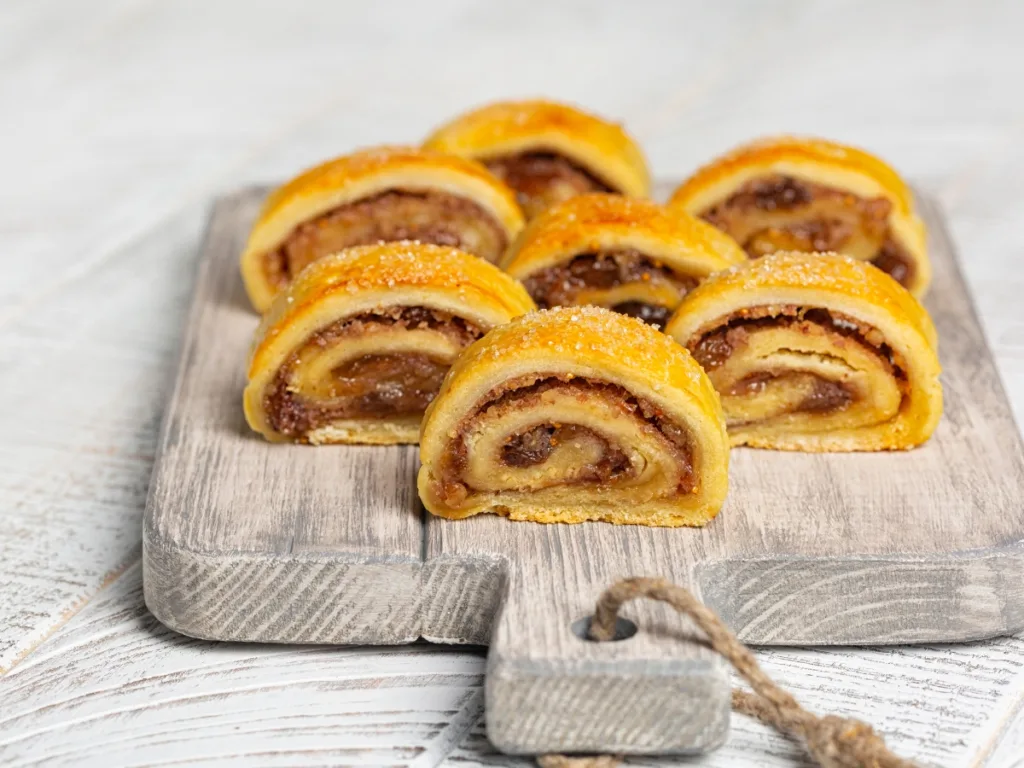
The Dough
The dough used to make rugelach is rich and buttery, similar to that of a pastry. It is made with ingredients such as flour, butter, cream cheese, and sometimes sour cream. This combination results in a tender and flaky texture that is characteristic of pastries.
The Filling
Rugelach can be filled with a variety of ingredients, including fruit preserves, chocolate, nuts, and spices. The filling is typically spread over the dough and then rolled up into a crescent shape. This method of preparation is reminiscent of how pastries are filled and shaped.
The Baking Process
Rugelach is baked until golden brown, which gives it a slightly crispy exterior. This is similar to the baking process of pastries, where the dough is often brushed with an egg wash to achieve a golden finish.
The Size and Shape
Rugelach is typically small and bite-sized, making it easy to enjoy in just a few bites. This small size is more reminiscent of cookies, which are often enjoyed in a similar manner. However, the crescent shape and flaky texture lean more towards the characteristics of pastries.
The Taste and Texture
Rugelach has a unique combination of flavors and textures. The flaky dough provides a delicate and buttery taste, while the filling adds sweetness and depth. When eaten, rugelach offers a satisfying crunch followed by a tender and melt-in-your-mouth experience. This combination of taste and texture is often associated with both cookies and pastries.
Two Shapes of Rugelach
While there are many variations of rugelach, two shapes stand out as the most popular and recognizable.
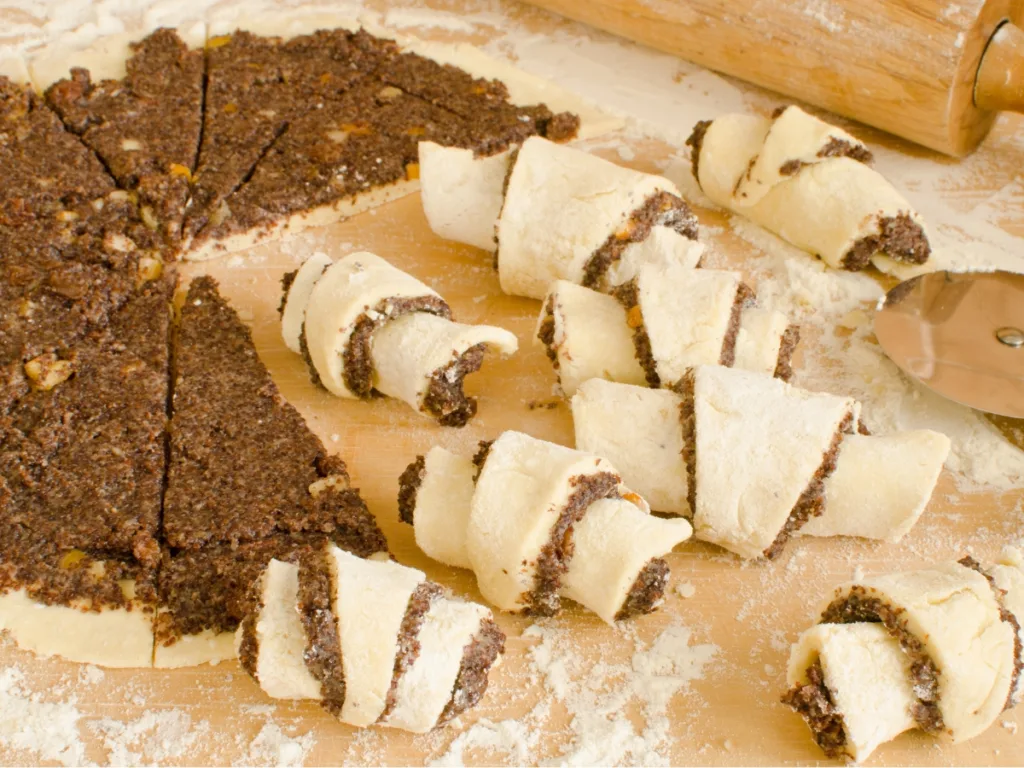
1. Crescent Shape: The crescent shape is the classic form of rugelach. To achieve this shape, the dough is rolled into a circle and then cut into triangular wedges. The filling, typically made of a sweet mixture of nuts, fruits, and spices, is spread over the dough, leaving a small border. The dough is then rolled from the wider end of the triangle towards the tip, creating a crescent shape. Once baked, the rugelach has a beautiful golden-brown color and a flaky texture.
2. Spiral Shape: The spiral shape is a more modern take on rugelach. Instead of cutting the dough into triangles, it is rolled into a rectangle. The filling is spread evenly over the dough, and then it is rolled tightly from one end to the other, creating a long log. The log is then sliced into individual pieces, revealing a beautiful spiral pattern.
The spiral rugelach has a slightly different texture compared to the crescent shape, with a more compact and denser center. Both shapes of rugelach are equally delicious and offer a different visual appeal.
Try baking rugelach at home. You can shape it as you prefer, either way it will be a delicious treat. Suggested Recipes: Cranberry Walnut Rugelach is perfect for the holidays or try a Classic Rugelach Recipe or a decadent Chocolate Rugelach.
National Rugelach Day
On April 29, we celebrate National Rugelach Day! This is a very new holiday tradition as it was only established in 2022.
National Rugelach Day can be attributed to Alvin Lee Smalls, the owner of Lee Lee’s Rugelach successfully reached out to the National Day Archives in March to secure a special day for the treat he has been baking in his store for over 50 years.
“Rugelach is something that has always been near and dear to my heart, so I thought why not recognize and celebrate such a special little confection with the whole world,” Lee said. “This day has been designated for everyone to celebrate and enjoy the delight of rugelach wherever you are!”
Happy National Rugelach Day!
The Fascinating History of Rugelach
The origins of rugelach can be traced back to the Jewish communities of Poland, Hungary, and Austria in the late 17th century. The word “rugelach” itself is derived from the Yiddish word “rugel,” which means “royal.” It is believed that rugelach was originally baked as a special treat for Jewish royalty and nobility during festive occasions.
Traditionally, rugelach was made with a cream cheese-based dough, which gives it a tender and flaky texture. The dough is rolled out into a circle and then spread with a sweet filling, such as cinnamon sugar, chopped nuts, raisins, or fruit preserves. The circle is then cut into triangular wedges and rolled up into crescent shapes before being baked to golden perfection.
As Jewish immigrants spread across the globe, rugelach became a beloved pastry in Jewish communities around the world. In the United States, it gained popularity among Ashkenazi Jews, particularly during holidays like Hanukkah and Purim.
Today, rugelach can be found in bakeries, cafes, and even supermarkets worldwide. Its versatility allows for endless variations in fillings, from traditional flavors like apricot and walnut to more modern twists like Nutella or salted caramel.
Whether enjoyed with a cup of tea or as a sweet treat after a meal, rugelach is enjoyed by people of all backgrounds. Its centuries-old history and delicious taste make it a truly cherished pastry that is here to stay.
Final Thoughts on What is Rugelach?
After considering the dough, filling, baking process, size, shape, and taste, it is safe to say that rugelach falls somewhere between a cookie and a pastry. Its rich and flaky dough, along with its sweet and varied fillings, share characteristics with both categories. Rugelach can be seen as a delightful hybrid, offering the best of both worlds.
Whether you classify rugelach as a cookie or a pastry, one thing is for sure – it is a delicious treat that is enjoyed by many. So, the next time you come across a plate of rugelach, savor each bite and appreciate the unique blend of flavors and textures that this delightful treat has to offer.
